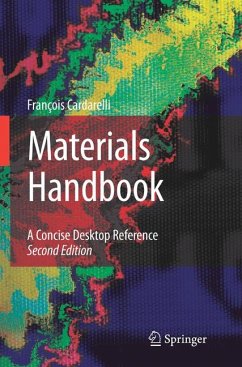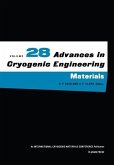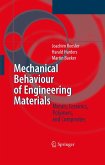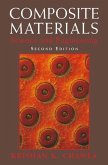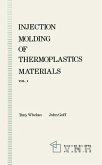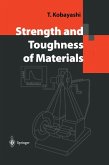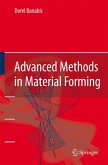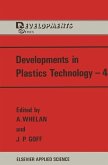From the reviews of the second edition:
The unique and practical Materials Handbook (second edition) provides quick and easy access to data on the physical and chemical properties of all classes of materials. The second edition has been much expanded to include whole new families of materials while many of the existing families are broadened and refined with new material and up-to-date information. Particular emphasis is placed on the properties of common industrial materials in each class. After a chapter introducing some general properties of materials, materials are classified as follows:
. ferrous metals and their alloys;
. nonferrous metals;
. semiconductors and superconductors;
. magnetic materials;
. insulators and dielectrics;
. miscellaneous electrical materials;
. ceramics, refractories and glasses;
. polymers and elastomers;
. minerals, ores and gemstones;
. rocks and meteorites;
. soils and fertilizers;
. cements, concrete, building stones and construction materials;
. timbers and woods;
. fuels, propellants and explosives;
. composite materials;
. gases;
. liquids.
Detailed appendices provide additional information on subjects as diverse as crystallography, natural radioactivity and economic data for industrial materials. Specific further reading sections and a general bibliography round out this comprehensive guide. The index and tabular format of the book make light work of extracting what the reader needs to know from the wealth of factual information within these covers.
François Cardarelli has spent many years compiling and editing materials data. His professional expertise and experience combine to make this handbook an indispensable reference tool for scientists and engineers working in fields from mechanical, electrical, and chemical to metallurgical and nuclearengineering.
"This volume covers metals and alloys, nonferrous metals, semiconductors, ceramics, polymers, earth materials, concrete, wood, fuels, composites, gases, and liquids. ... many industrial and university libraries will find it a useful one-volume reference. Summing Up: Recommended. Upper-level undergraduates through professionals/practitioners." (A. M. Strauss, Choice, Vol. 46 (2), October, 2008)
The unique and practical Materials Handbook (second edition) provides quick and easy access to data on the physical and chemical properties of all classes of materials. The second edition has been much expanded to include whole new families of materials while many of the existing families are broadened and refined with new material and up-to-date information. Particular emphasis is placed on the properties of common industrial materials in each class. After a chapter introducing some general properties of materials, materials are classified as follows:
. ferrous metals and their alloys;
. nonferrous metals;
. semiconductors and superconductors;
. magnetic materials;
. insulators and dielectrics;
. miscellaneous electrical materials;
. ceramics, refractories and glasses;
. polymers and elastomers;
. minerals, ores and gemstones;
. rocks and meteorites;
. soils and fertilizers;
. cements, concrete, building stones and construction materials;
. timbers and woods;
. fuels, propellants and explosives;
. composite materials;
. gases;
. liquids.
Detailed appendices provide additional information on subjects as diverse as crystallography, natural radioactivity and economic data for industrial materials. Specific further reading sections and a general bibliography round out this comprehensive guide. The index and tabular format of the book make light work of extracting what the reader needs to know from the wealth of factual information within these covers.
François Cardarelli has spent many years compiling and editing materials data. His professional expertise and experience combine to make this handbook an indispensable reference tool for scientists and engineers working in fields from mechanical, electrical, and chemical to metallurgical and nuclearengineering.
"This volume covers metals and alloys, nonferrous metals, semiconductors, ceramics, polymers, earth materials, concrete, wood, fuels, composites, gases, and liquids. ... many industrial and university libraries will find it a useful one-volume reference. Summing Up: Recommended. Upper-level undergraduates through professionals/practitioners." (A. M. Strauss, Choice, Vol. 46 (2), October, 2008)
Dieser Download kann aus rechtlichen Gründen nur mit Rechnungsadresse in A, B, BG, CY, CZ, D, DK, EW, E, FIN, F, GR, HR, H, IRL, I, LT, L, LR, M, NL, PL, P, R, S, SLO, SK ausgeliefert werden.

